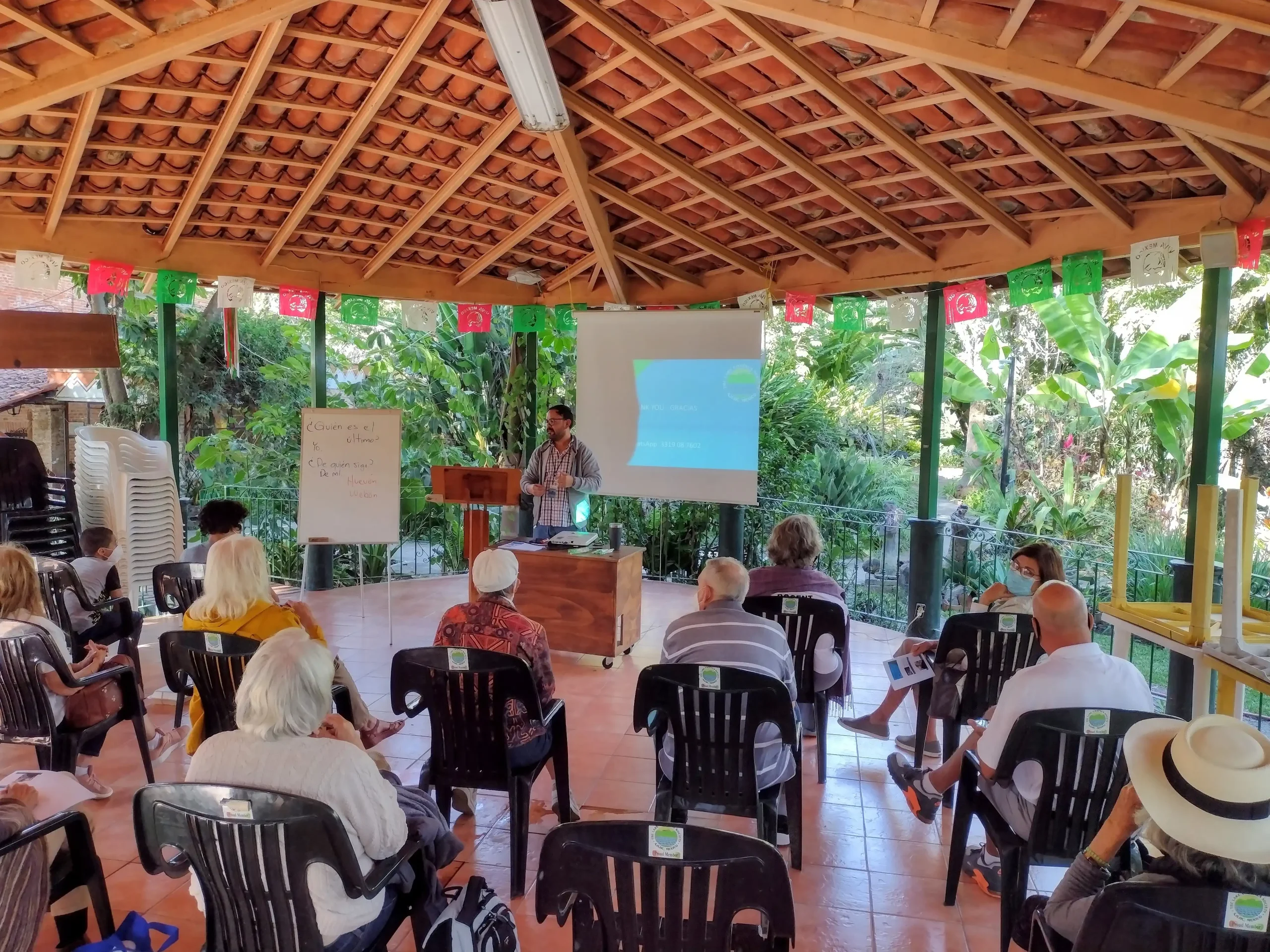After first dipping your toe into the world of learning Spanish, it doesn’t take long to realize it’s going to take a while to build your foundation and gain the confidence you need to go out and use what you’ve learned in the real world.
Naturally, we all want to speed up the process in any way possible to see the results of our efforts, thus, keeping our motivation high.
In this article, I’ll explain 3 simple but effective strategies that will accelerate your progress with Spanish, increase motivation, and make it something you look forward to learning each day.
Make Spanish a Part of Every Day, Like a Habit
The only way to make progress in this language is to work on it regularly and do your best to make it a habit. “If you don’t use it, you lose it” applies to Spanish as much as it does to exercise or anything else that requires consistent effort to maintain what you have gained.
Most new language learners often struggle with studying consistently. Part of the challenge is that you haven’t fully embraced the idea that Spanish is going to be part of your daily life over an extended period of time, or indefinitely, if Mexico is your permanent home.
Figuring out where you can fit a few minutes of Spanish into your life, ideally daily, will help you form a habit where learning something new becomes as automatic as going out for a daily walk, drinking enough water throughout the day, or reading the daily news.
Leverage The Power of Consistency
Although creating the initial habit of working Spanish into your life is challenging, being consistent is by far the easiest and fastest accelerator of learning.
As an example, let’s imagine we are doing an experiment with two groups of Spanish learners who want to quickly build their vocabulary. Each group is given 3 hours to learn 50 new Spanish words within a 7-day period.
- Group A is instructed to spend the entire 3 hours trying to memorize all the words in one sitting within the first few days of the challenge.
- Group B is instructed to spend 25 minutes each day trying to learn 10 new words for the first 5 days of the challenge. Where the final 2 days are spent reviewing all 50 words.
At the end of the week, each group is given a test to see how many words they have successfully learned.
- Which group will perform better on the vocabulary test?
- How many words do you expect Group A to remember vs. Group B?
The Compound Effect of Consistency
The sequential weeks of this vocabulary challenge is where the long-term effects and differences really show up.
Continuing with the challenge in our example, both groups are given an additional 50 new words to learn within 7 days. They are informed that they need to remember the original 50 words plus learn the 50 new words by the end of week (remember 100 words in total).
Group A hasn’t looked at their words for nearly a week which means they will need to spend the first 2 hours ‘relearning’ the original 50 words before starting on the new ones. This will leave them with only 1 hour to learn a portion of the new word list. This cycle will continue for another week or two until the students are stuck in a cycle of trying to relearn old words they have lost without being able to move forward.
Whereas with Group B they will only need to spend just a few minutes reviewing the original list of words to keep it fresh in order to dedicate the remaining time to learning the next 50 words. By the end of the week, they should be able to remember most of the words and continue making steady progress in the weeks to come.
Dedicating even 20-30 minutes a day to your Spanish can dramatically accelerate how quickly you learn while making it feel easier at the same time.
Action Step: Take the time to think about a part of your day where your mind is fresh, you will want to learn, and you can fit in a 20-minute daily study or practice session.
Choose Activities You Enjoy or That Feel Rewarding
Consistency, motivation and getting results creates a cycle that starts to self-propel your momentum with Spanish. Once you begin practicing regularly, you will see progress. Your progress and results will fuel motivation which, in turn, makes being consistent with your studies easy, exciting and fun.
When it comes to learning, we need to enjoy how we spend our time. Just like going out for a 30-minute walk, learning Spanish can be an enjoyable part of your day and should be something you look forward to. Finding the right lessons, teacher or Spanish course will be an essential part of staying motivated.
To see progress in the right areas, it’s also important that the content you are learning is in alignment with how you will be using your Spanish.
As an example, for those of us who are in Mexico already, learning Spanish that we can use in our day-to-day life is a priority. Lessons that help you to navigate these daily interactions, practice speaking, and train your listening skills will align nicely with your goals.
Whereas many popular apps and courses tend to teach a more ‘general’ Spanish with a heavy focus on grammar rules, reading, and writing with a minimal focus on developing communication skills (ie. speaking and listening). This type of learning content might be better suited for students who have a general interest in the language or for those who plan to take a test, become an instructor, or translator.
When you enjoy the lessons and you can see your progress, motivation naturally follows making it easy to form a habit, be consistent, and see noticeable results.
Embrace the Journey and Enjoy the Process
Learning a second language is a humbling process that we experience as we navigate this essential, but complex skill. This is not a sprint that you should try to grind through to quickly reach the end, but rather, an interesting adventure that unlocks the doors to better connect with the people, country, and culture around you.
By incorporating Spanish into your life as a habit, being consistent, and keeping it fun, you will undoubtedly see better, faster progress in the language and reach your goals.



